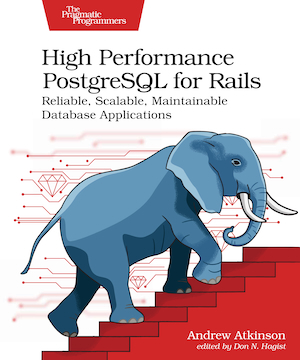This post will take a quick look at views, stored procedures, and check constraints in PostgreSQL. What are they and what are their use cases?
Database Views
A database view is kind of a virtual table based on a SELECT query. How are they used? One use case would be for security, limiting access to a table for a particular user to read only access or to a subset of the rows.
This would be achieved by creating a view and then granting permission to the view for that user (role).
Basic View Example
We’ll put together a table “earnings” in a temp schema for storing earnings by hour. Each record belongs to an employee.
Insert some records with employee_id values between 1 and 5. We’ll call the employees with IDs of 3 or less “special”. Views are currently read only.
CREATE SCHEMA IF NOT EXISTS temp;
CREATE TABLE temp.earnings (employee_id INTEGER, hour TIMESTAMPTZ, total INTEGER);
INSERT INTO temp.earnings (employee_id, hour, total) VALUES (1, date_trunc('hour', now()), 10);
INSERT INTO temp.earnings (employee_id, hour, total) VALUES (1, date_trunc('hour', now() + INTERVAL '1 hour'), 10);
INSERT INTO temp.earnings (employee_id, hour, total) VALUES (2, date_trunc('hour', now() + INTERVAL '2 hours'), 10);
Now create the view. The view will be called special_employee_earnings and limits access to earnings only to employee_id = 1;
CREATE VIEW temp.limited_earnings AS SELECT * from temp.earnings WHERE employee_id = 1;
Run the query SELECT * FROM temp.limited_earnings; taking note that the rows with employee_id = 2 are not included in the results.
Stored Procedures
“The stored procedures define functions for creating triggers or custom aggregate functions.”
Why store logic in the database? One advantage is re-use across client applications.
Stored Procedures are called Functions (or Procedures) in PostgreSQL and they can be written in SQL or a procedural language.
Check constraints
Check constraints are one of the constraint types supported in PostgreSQL. They are a way to constraint the allowed types of data characteristics for a field.
The following CREATE TABLE example is from the PostgreSQL documentation. The statement creates a table and adds a Check Constraint as part of the definition of the table.
The constraint is applied to the price field and makes sure that it’s greater than zero.
CREATE TABLE IF NOT EXISTS temp.products (
price NUMERIC CHECK (price > 0)
);
Try Inserting a row that violates the constraint, with a price that’s less than zero.
INSERT INTO temp.products (price) VALUES (-1);
The following error is printed.
ERROR: new row for relation "products" violates check constraint "products_price_check"
DETAIL: Failing row contains (-1).
Summary
This post took a very quick look at the following concepts.
- Database Views
- Stored Procedures (Functions)
- Check Constraints

